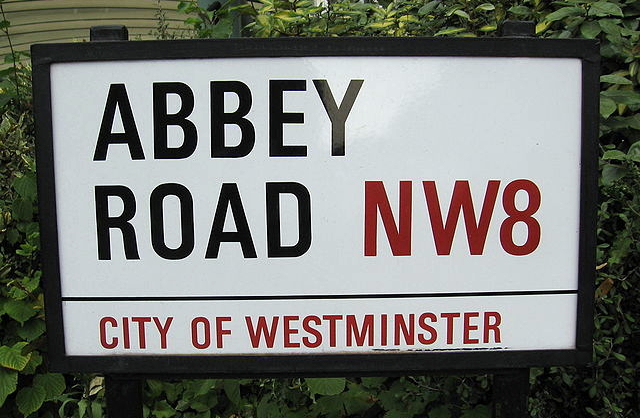-
3-minute read
-
30th September 2017
Title Case or Sentence Case? (How to Capitalise Headings)
Whether headings are capitalised correctly isn’t nearly as important as writing a good essay in the first place! But there are rules about how to capitalise headings, so you should check your style guide for advice. Usually, one of two approaches is used: ‘title’ or ‘headline’ case and ‘sentence’ case. In this blog post, we set out what these mean and how each version works.
Title Case (All Major Words Capitalised)
‘Title case’ or ‘headline style’ refers to any approach that capitalises the main words in a heading. Usually, this includes:
- All nouns and pronouns
- Verbs and verb phrases
- Adjectives and adverbs
- The first word in a title or subtitle
This leaves smaller words, such as articles, conjunctions and prepositions, lowercase. For example, we could write a heading like this:
How to Capitalise Headings: A Guide for the Perplexed
However, the exact rules for title case vary. Some people recommend capitalising longer prepositions, such as ‘about’ or ‘between’. Others say to capitalise subordinating conjunctions, too. The key, then, is to check your style guide (if you have one) and use a consistent approach.
Sentence Case (Capitalised Like a Sentence)
‘Sentence case’, as the name suggests, capitalises headings as if they were sentences. This typically means that only the first word in titles and subtitles should be capitalised. For instance:
How to capitalise headings: A guide for the perplexed
Find this useful?
Subscribe to our newsletter and get writing tips from our editors straight to your inbox.
Subscribe to Beyond the Margins and get your monthly fix of editorial strategy, workflow tips, and real-world examples from content leaders.
One exception here is proper nouns, which are always capitalised:
Capital cities in signage: Road sign fonts in Paris and London
Above, ‘Paris’ and ‘London’ are capitalised because they are proper nouns.

Title Case or Sentence Case?
This depends on several things. Most universities and businesses will have a style guide, which may include advice on capitalising titles. And if you are using a style guide, you should check it for the recommended format.
The AP Stylebook, for example, recommends capitalising any word more than four letters long, while the Chicago Manual of Style ignores word length. In other words, the correct terms to capitalise in a heading would vary depending on the style guide you’re using.
If you need a hand, there are various online tools designed to help. But don’t forget to get your work proofread, too, as our expert editors can help you ensure that all headings in your work are correctly capitalised.




